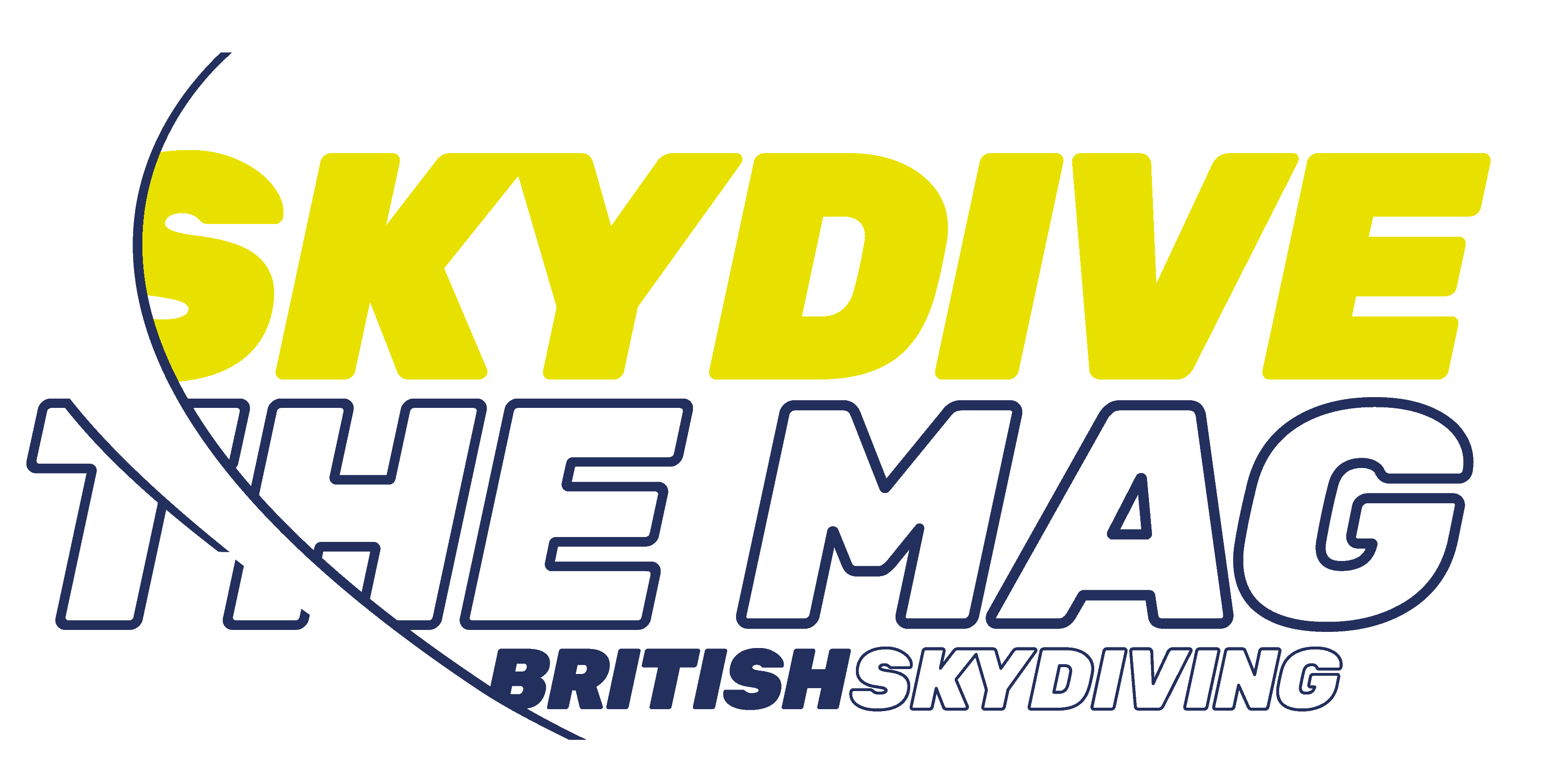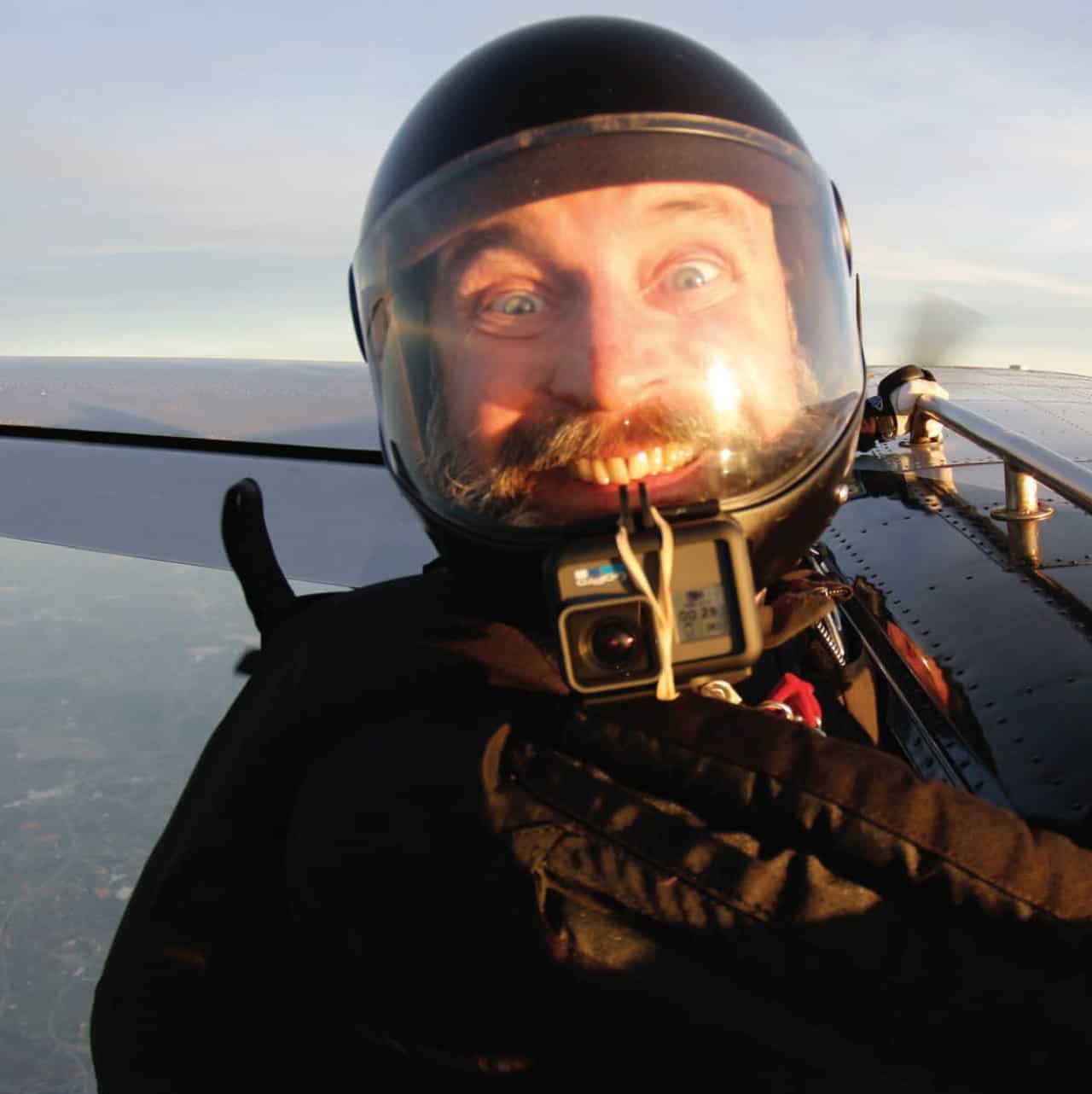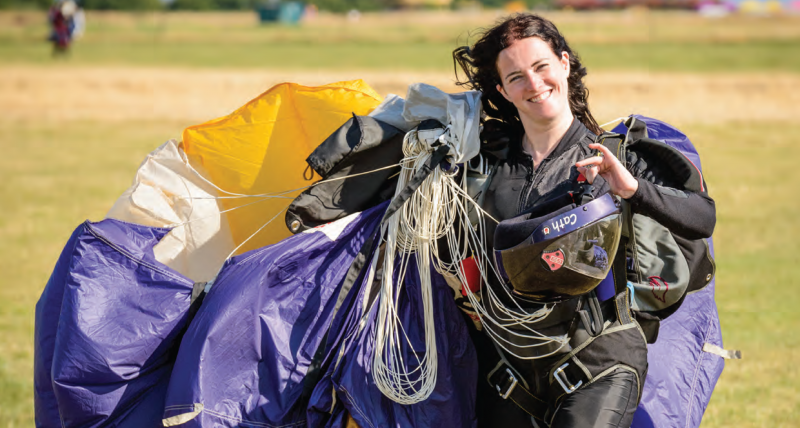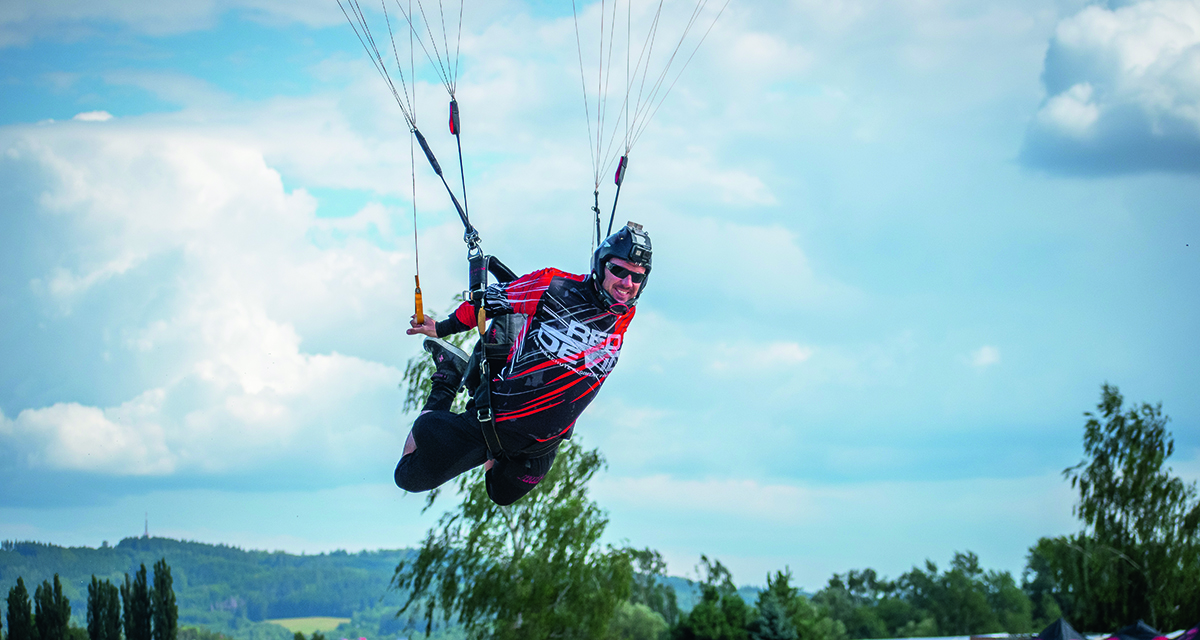YES! With 200 jumps in your logbook, it’s time to peel the sticky back from the GoPro snag hazard point − sorry, I mean the mount − attach it to your helmet/visor/chin/chest strap/foot (delete as applicable) and off you go. Am I right? The big bad British Skydiving said you had to wait. I mean, cameras these days are only tiny compared to those VHS dinosaurs of the 1980s. Surely the rules should have been updated by now?
Well, those rules actually don’t just say you need 200 jumps. In fact, they say you need a C Licence and a camera brief. Yes, you need 200 jumps for a C Licence, but you also need CH2, JM1 and another Grade 1 such as FS1 or FF1. This is intended to filter out inexperience. Someone who has jumped through all of these hoops should hopefully have also gained the wisdom along the way to realise that a C Licence is the MINIMUM requirement to jump camera, which is not the same as saying that anyone with 200 jumps is automatically fine to stick one on.
Before you do your first camera jump, you must also receive a brief. This should be comprehensive and include the following considerations, so start thinking about your answers now.
- What would you do if your camera became entangled in something? This could be a line or your pilot chute during deployment, but it could equally be items as unexpected as the door mechanism of the aircraft or your friend’s reserve handle.
- If you have a camera cutaway, have you rehearsed finding it under pressure? Have you considered how it might feel different if the camera was caught on something? You are adding an extra handle into your drills, so how does this handle interact with the other two in your emergency procedures? Do you have an RSL and does this change anything? In the event of an entanglement, which will snap first: the sticky mount or your neck? If your reserve bridle has just looped around your camera, how many seconds do you have left to fix the problem?
- Are you someone who religiously stows your excess brake line? If not, you may want to start now!
- A camera is a distraction, no matter how much you think it won’t be. It adds a layer of unfamiliarity to your jumps and processes that were previously routine now become interrupted by it. Tunnel vision can rear its head in freefall as you become focused on getting the shot at the expense of maintaining good all- round observation.
- If you are ‘flying’ camera for the first group to exit, as opposed to just ‘wearing’ a camera on your fun jumps and will be exiting from the camera step, you have just become an obvious choice to be JM because you’ll be sat by the door and climbing out first. So are you confident with all that entails and can you competently organise the lift, open the door and spot while still remembering to turn your camera on and not neglect your safety checks?
- Most small-format cameras are fairly simple to operate and involve just one or two buttons. But can you find those buttons and be sure that you’re pressing them correctly once you can’t see them, when people are moving around because you’re on run-in and you’re wearing gloves? Don’t be that annoying person who distracts others from their pre-jump checks by repeatedly exclaiming “Is it on?” and “How about now?”.
- After your canopy opens, how does wearing a camera change things? Will you have forgotten you’re wearing it by now and just have a lot of boring footage to delete later? Or will you be so distracted by it that you spend time turning it off when you should be checking your canopy, taking control and looking out for all the other canopy pilots who are sharing the sky with you?
Photo by Dan Maden
 First published in the June 2019 issue of Skydive the Mag.
First published in the June 2019 issue of Skydive the Mag.
